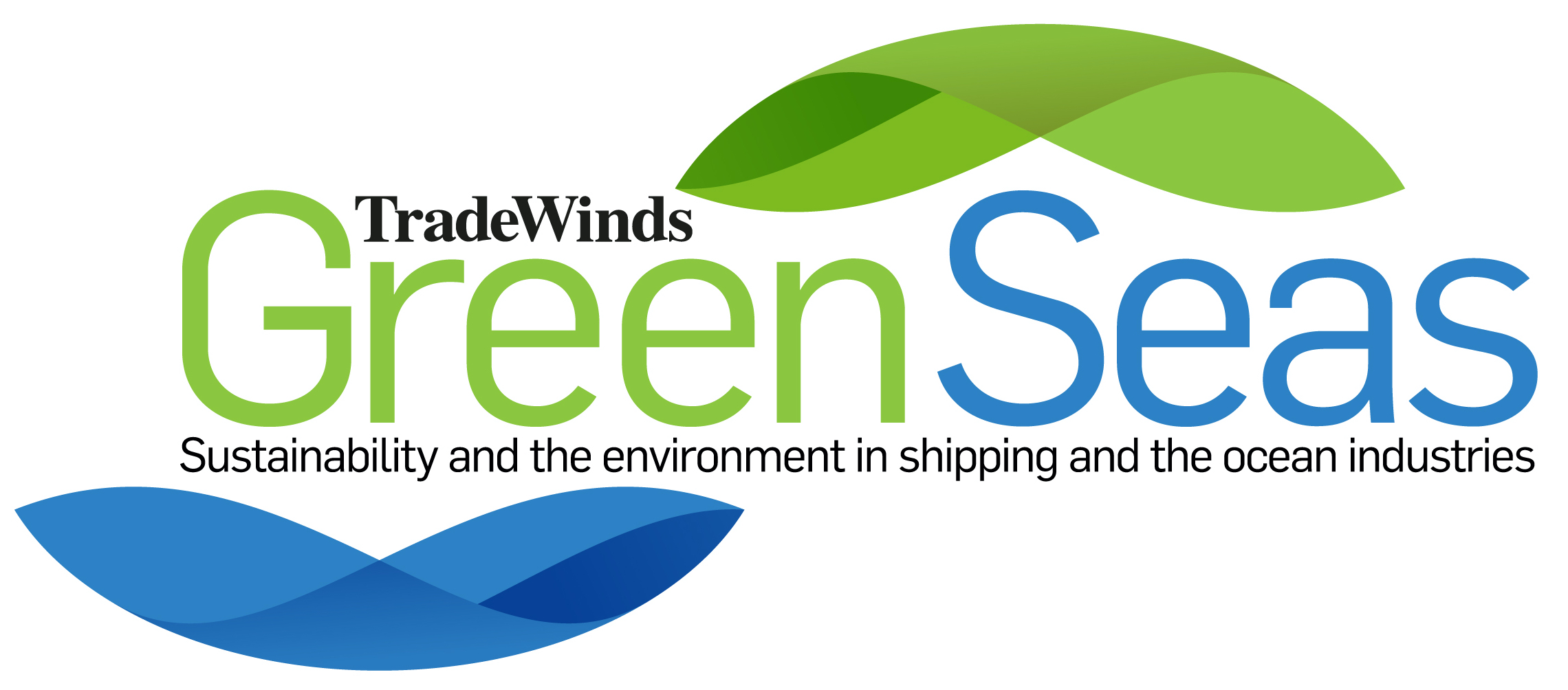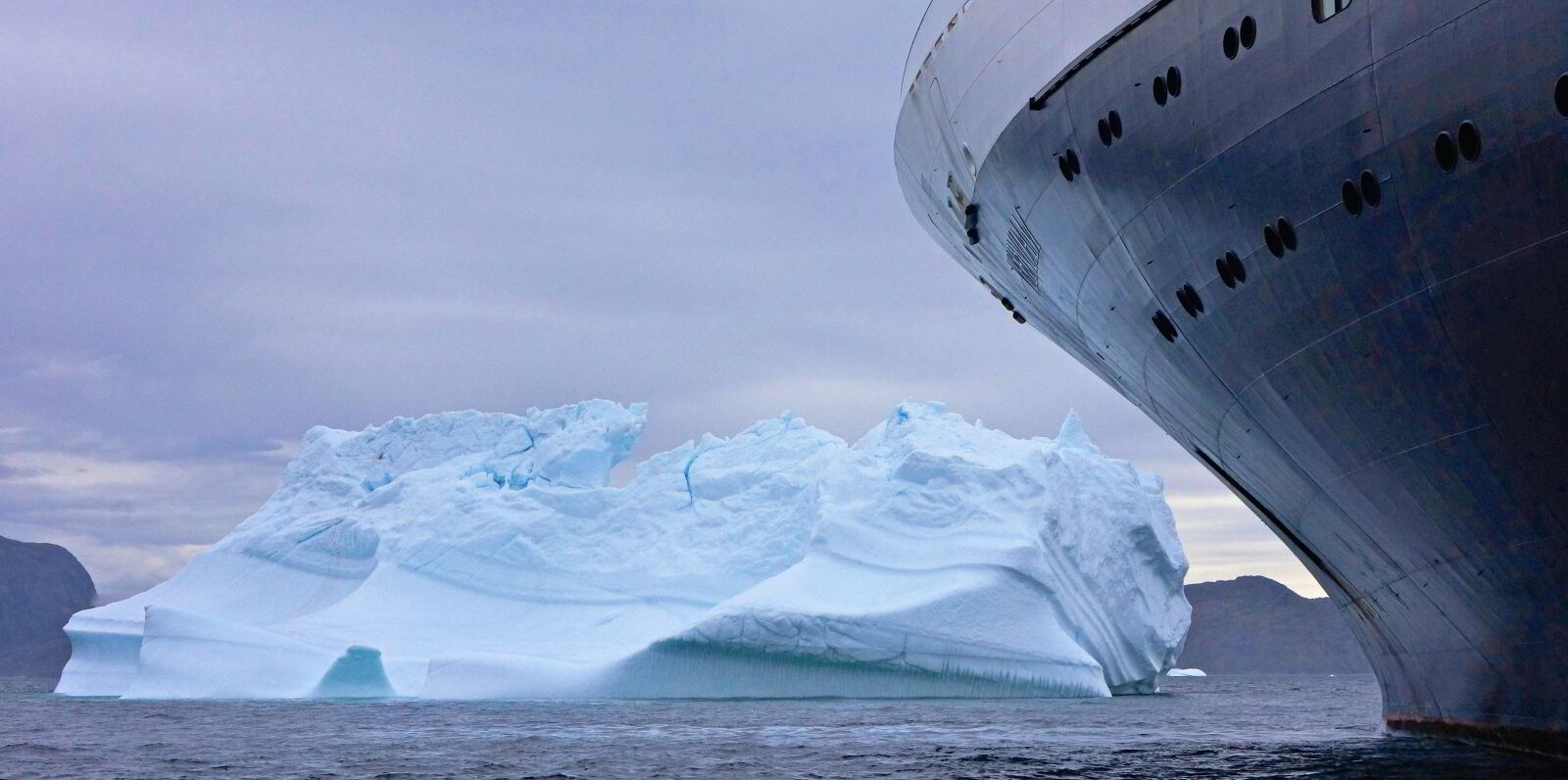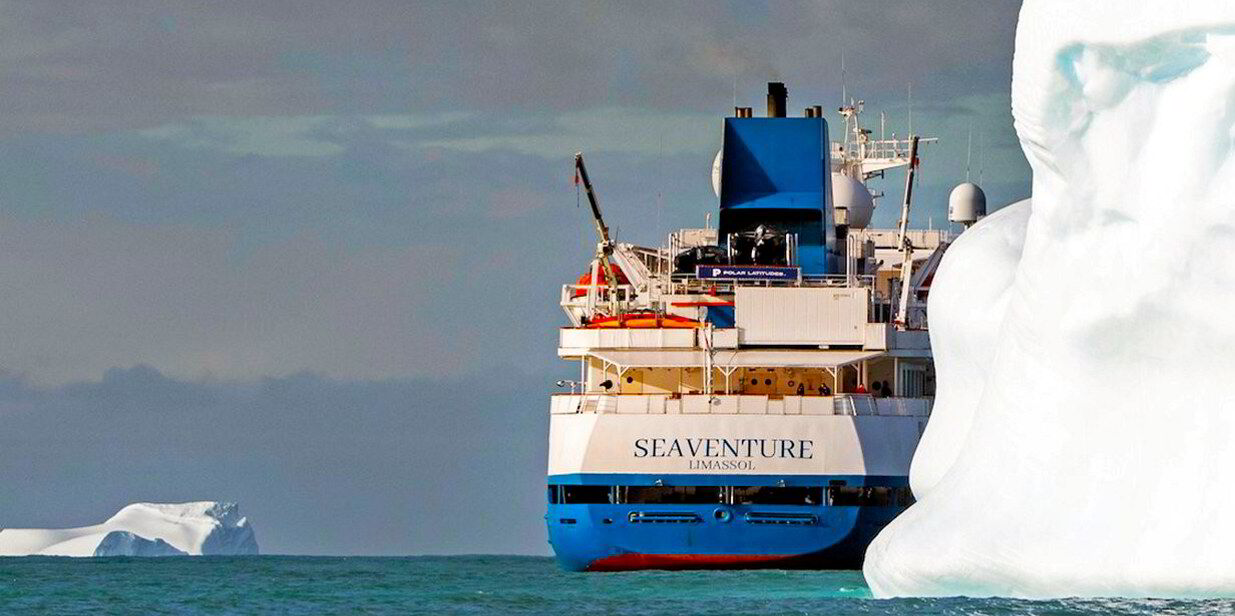Faced with dramatic sea ice loss, floods, fires, unprecedented emissions and what is expected to be the warmest year ever recorded globally, the International Maritime Organization is again set to consider proposals to reduce black carbon emissions, which generate heat and speed up melting snow and ice in the Arctic.
Reducing black carbon from international shipping has been recognised for more than a decade as a necessary step to halt the Arctic’s catastrophic climate breakdown, but the IMO’s 175 member countries have been slow to agree on how to address it.

The pollution prevention & response subcommittee of the IMO’s Marine Environment Protection Committee meets on 27 to 31 January at the IMO’s London headquarters.
It will consider how to mitigate black carbon’s effects in the Arctic.
As Arctic melting accelerates and the urgent need for a response to the climate crisis increases worldwide, civil society advocates are urging resolution of the long-standing impasse.
The subcommittee meeting offers a fresh opportunity to try to find consensus on regulating shipping fuels to immediately and substantially reduce black carbon emissions.
Such regulation should require ships to use cleaner marine distillate fuels, dubbed “polar fuels”, throughout the Arctic. Regulatory action is urgently needed now, because calls for voluntary action have been ineffective.
It is undisputed that black carbon emissions could be cut by 90% overnight by mandating a switch to cleaner marine distillate fuels and the use of diesel particulate filters on ships in the Arctic. These filters are already in wide use for road transportation globally. Yet industry resistance and technical complexities have delayed action for 13 years.
International shipping contributes to increased Arctic heating through greenhouse gases and emissions of short-lived climate forcers such as harmful air pollutants like black carbon.
Black carbon has a climate impact more than 3,000 times greater relative to CO2 on a 20-year global warming potential basis, and accounts for one-fifth of international shipping’s carbon dioxide equivalent emissions.
Black carbon’s impact is magnified in the Arctic
Produced primarily from incomplete fossil fuel combustion, black carbon is a key driver of sea ice loss and a major contributor to climate heating.
Black carbon emissions in the Arctic have a disproportionate warming impact because of the loss of reflectivity as a result of the loss of snow and sea ice.
Black carbon not only heats the atmosphere, but when it settles on snow and ice, it darkens the surface, reducing reflectivity, speeding up melting, exposing the dark land and water beneath, causing more solar radiation absorption rather than reflection.
The additional heat accelerates the melting of snow and ice, contributing to warming feedback loops.
This has troubling consequences not only for the Arctic but across the globe. Black carbon reduces the reflectivity of the Arctic ice cap — one of the planet’s most important cooling systems.
Black carbon emissions have more than doubled between 2015 and 2021 and continue to rise as shipping in Arctic waters increases. Despite the simple solution of switching to cleaner, widely available distillate fuels, significant progress remains elusive.
Scientists have warned that keeping warming to 1.5C or below — to prevent worsening the effects of climate change — is impossible without reducing methane, black carbon and CO2.
The United Nations Environment Programme recognised in 2018 that immediate action on methane and black carbon could avoid more than half a degree of warming by 2050, and 50% of the predicted Arctic warming by 2050.
These actions could significantly reduce the chance of triggering Arctic climate tipping points such as the loss of the Greenland ice sheet that would raise sea levels globally, and accelerating thaw of Arctic permafrost that would trigger release of massive amounts of stored carbon.

Black carbon emissions contribute to cascading changes that affect not only the global climate but also ocean circulation.
Scientists investigating the slowing of the Atlantic Meridional Overturning Circulation (AMOC) caused by melting of the Greenland ice sheet introducing large quantities of cold fresh water into the north Atlantic, are concerned that a tipping point could be passed from which the AMOC would not recover.
The AMOC is the main ocean current system in the Atlantic Ocean and has a dramatic impact on the northern hemisphere climate.
The Arctic already is heating four times faster than the global average, and at 2.5C the Arctic’s rapid warming is becoming ever more ominous, with serious implications for the global climate, as well as the region’s ecosystems, cultures and indigenous communities.
One of the most important steps we can take now to immediately slow the Arctic meltdown is to reduce black carbon emissions from all sources, including shipping.
Enough is enough. We call on Arctic states and other IMO member states to show leadership and take action to finally address black carbon emissions through regulation.
Kay Brown is Arctic policy director at Pacific Environment. She is a former state official, political strategist and media specialist who has lived in Alaska since 1976





